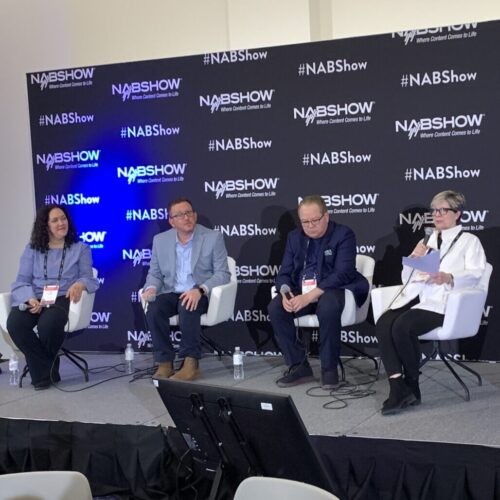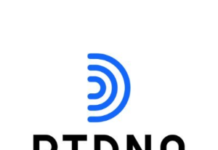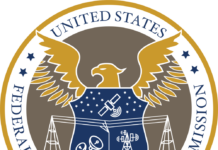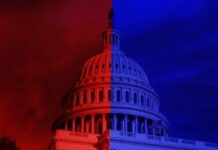
As the United States’ leading reach medium, how does radio get the political revenue share it deserves? This ongoing and growing industry frustration was the center point of the “Radio Works For Political” panel at NAB Show 2024 with insight into the changing space.
Moderated by the RAB’s Erica Farber, Silver Oak Political President Steve Passwaiter, Audacy SVP Research Idil Cakim, and Katz Radio Group EVP of Political Strategies Pat McGee held a council of war on how radio needs to paint itself as their crucial medium for political campaigns it is amidst fading television audience numbers.
Passwaiter opened the discussion by highlighting the relentless nature of campaign spending in a divided America. He noted significant investments, with estimates for the 2024 political season ranging from $10 to $16 billion. Specific states like Montana and Ohio are seeing unprecedented ad spending, signaling the strategic importance of radio in these high-stake zones. Passwaiter emphasized that consistency in messaging is key, suggesting a strategic pivot in campaign tactics might be necessary.
Cakim addressed the undeniable decline in TV viewership, which has not been fully compensated by connected TV and digital platforms. Utilizing L2 voter data and Nielsen’s Total Media Data, she demonstrated that AM/FM not only fills this gap but does so by establishing trust and personal connections with voters — attributes crucial for mobilizing the elusive CTV-absent demographic. Cakim’s analysis underscored the significant impact of early and consistent radio investment in winning campaigns, highlighting radio’s efficacy in reaching diverse voter segments, including the youth.
McGee pointed out the now-cyclical nature of political funding, where a small group of decision-makers and agencies dominate – talking a group of 20 individuals or less. He critiqued the over-reliance on TV by these decision-makers, suggesting that self-funded candidates often show more willingness to diversify their media approach, potentially benefiting more from radio’s reach.
The panelists discussed the need for the radio industry to assert itself more aggressively in the political ad space. Passwaiter lamented the traditional preference for TV among political consultants, many of whom are resistant to deviating from established norms despite radio’s proven effectiveness. As McGee reinforced, “Nobody lost a consulting gig for buying more TV.”
Panelists each challenged the industry to shift the narrative and advocate more robustly for radio’s unique value proposition.
Cakim urged the industry to move beyond generic claims of extensive reach, focusing instead on demonstrating how radio effectively recaptures the audience lost by TV. This point was crucial in understanding radio’s role in modern political strategies, especially in terms of targeted advertising like geo-fencing, which aligns closely with evolving campaign needs for precision.
McGee emphasized radio’s potential impact in swing states, noting its year-over-year growth in influence and reach. Meanwhile, Passwaiter highlighted the logistical advantages of radio as TV ad spaces sell out, making radio an increasingly attractive option for campaigns needing comprehensive coverage.
By leveraging its unique strengths, radio can continue to play a pivotal role in shaping political outcomes, proving its resilience and relevance in the digital age.






